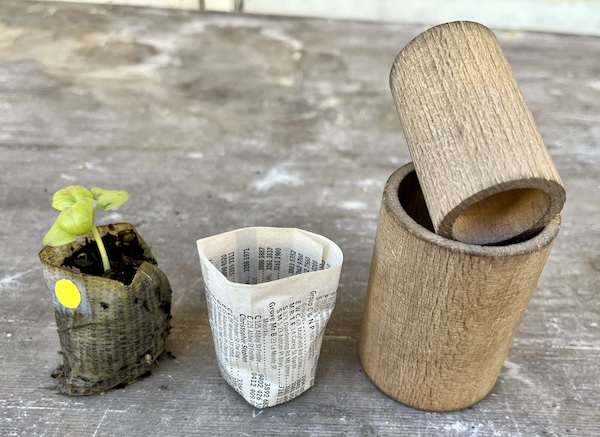Growing food on a small scale (eg. a kitchen garden) is very different from broad-acre farming, even for the same crop (eg. lettuce). A kitchen garden is not just a down-sized farm and it requires quite different approaches, across all aspects of growing food, including crop selection, seed handling, soil preparation, pest control and harvesting.
Let’s look at just one aspect to appreciate the differences: batch size. Typically, a kitchen garden provides a small mixture of vegetables and fruits for a family over an indefinite period. In contrast, a broad-acre farm typically supplies a supermarket with a large batch of the same crop at a fixed time.
How does this difference translate into techniques for the kitchen gardener? For a versatile vegetable like lettuce (in its different forms), having a continuous supply is desirable. So rather than purchasing a punnet of seedlings which will may result in an over-supply (when they mature at the same time), a kitchen gardener might raise and plant a small number of seedlings at regular intervals.
This approach sounds nice, but comes with its own problems. When you plant a seed (or even a small quantity) in a kitchen garden it can easily be lost or neglected. So rather than lettuce seed, it’s much better to plant a seedling or two that can attract the attention they need.
One part of a solution is to raise seedlings in small paper pots. Paper pots are inexpensive and can be made out of scrap paper using a wooden mould. When they are ready to plant out, the whole pot can go in, thus minimising transplant shock (this happens when seedlings have their roots disrupted when extracted from a container). A paper pot will disintegrate completely over time so it won’t get in the way of a growing plant. As well, a gardener can plant-out seedlings at a rate similar to its harvest rate. New plants can replace ones just harvested.
